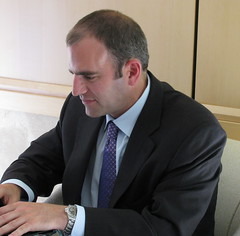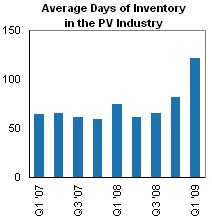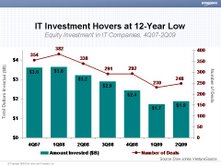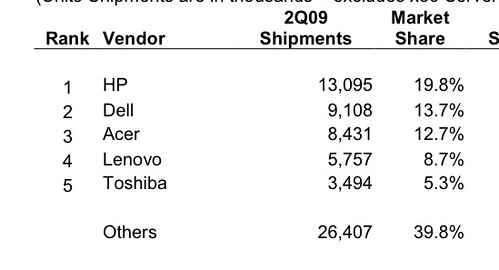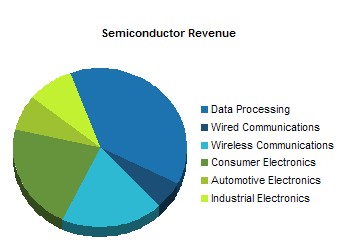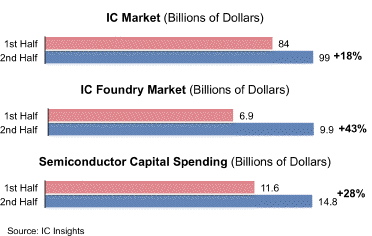 Cisco Boasts Of Eos Progress, Promises New Customers
Cisco Boasts Of Eos Progress, Promises New CustomersMore news and entertainment are being consumed than at any time in history. But media companies aren’t benefiting. Instead they are withering on the vine.
This business imbalance is something Cisco Systems would like to change.
The company staked out this ambitious goal in January when it unveiled its
Eos software at the CES show. The software is designed to help media and entertainment companies sidestep middlemen, such as Apple and Google, which sit between content publishers and their customers – all the while taking a slice of their revenue.
At a briefing on Wednesday, Cisco said it is making progress with its nascent Eos. Seven refinements of the platform have been rolled out and announcements of key new customers are on the way.
Cisco Senior Vice President Dan Scheinman declined to name them. But he said evidence of Eos’ adoption is only a matter of time.
Cisco is actively in discussions with a broad range of potential customers, from sports publishers to moviemakers and television broadcasters, with substantial interest being shown, he said. “You should expect to see announcements of customers.”
Such announcements would be a welcome milestone in the Eos push. Up to now, the company’s single showcase customer is Warner Music, which has used Eos to create interactive Web sites for the artists Sean Paul and Laura Izibor. Cisco hosts the sites in a software-as-a-service arrangement.
But for Cisco’s all-encompassing Eos to be successful in this busy market place – the product combines site administration, analytics, content management and social networking in one platform – it needs more than an expanding customer roster. It needs a marketing hook.
This is one area where there are reasons to think Cisco hold the field. While Apple has shown it is able to sell a tsunami of music on its iTunes site, it retains the customer data and relationship, not the music company.
Google has a similar strategy with news content, repackaging news stories to draw traffic to its site.
Cisco says it has not intension of carving out a similar role. The goal is to shift the customer relationship and transaction data to the media company, says Scheinman. Even though Cisco hosts Eos, it doesn’t access consumer data, he adds. “We’re not sucking data out of the system.”
If this message fully sinks in, it may be a feather in Cisco’s cap. Still, one big challenge remains: convincing media companies they can build sites to compete with the likes of Google news or Apple’s iTunes, where store-like access to reams of content add considerable value.
As Cisco says, that is a matter of time, one way or the other.
